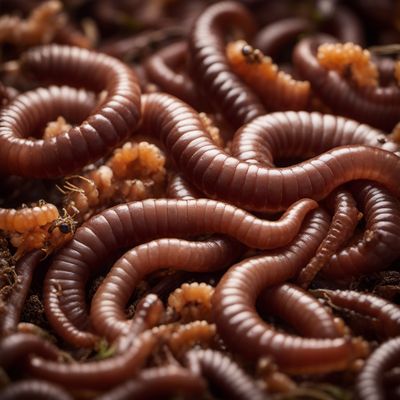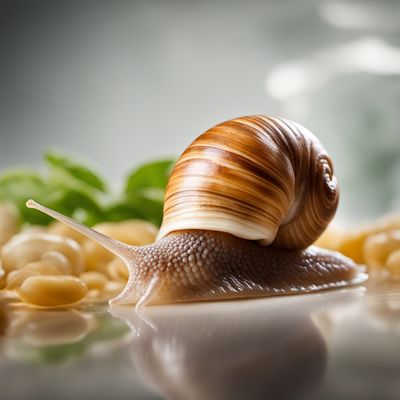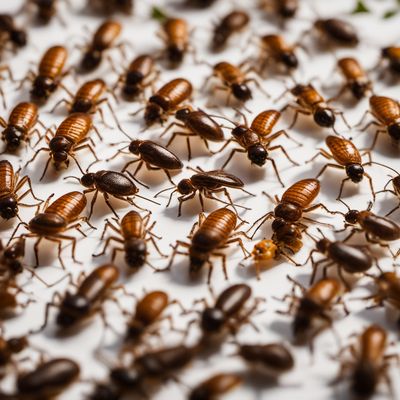
Ingredient
Terrestrial animals other than mammals and birds
The Hidden Delicacies
Terrestrial animals other than mammals and birds include a wide variety of species such as reptiles, amphibians, insects, and crustaceans. These creatures provide a range of flavors and textures, from the delicate sweetness of frog legs to the rich umami of crickets. While not as commonly consumed as mammals and birds, they offer a unique culinary experience for adventurous eaters.
Origins and history
The consumption of terrestrial animals other than mammals and birds dates back thousands of years and varies across different cultures. In some regions, insects have been a traditional food source, providing essential nutrients. Today, these ingredients are often considered delicacies or specialty items in many cuisines around the world.
Nutritional information
Terrestrial animals other than mammals and birds are a good source of protein, vitamins, and minerals. They are often low in fat and can provide unique nutritional benefits. However, the nutritional composition varies depending on the specific species.
Allergens
Some individuals may have allergies to specific species of terrestrial animals, such as shellfish allergies. It is important to be aware of any known allergies before consuming these ingredients.
How to select
When selecting terrestrial animals other than mammals and birds, it is crucial to ensure they are sourced from reputable suppliers who follow proper food safety and ethical practices. Look for fresh, properly stored specimens that have been handled and processed hygienically.
Storage recommendations
To maintain the freshness and quality of terrestrial animals other than mammals and birds, it is essential to store them properly. Follow the storage instructions provided by the supplier or consult a knowledgeable source for specific recommendations based on the species.
How to produce
Terrestrial animals other than mammals and birds can be produced through specialized farming practices or harvested sustainably from the wild. However, due to the specific requirements and regulations involved, amateur production is not common.
Preparation tips
Terrestrial animals other than mammals and birds can be prepared using various cooking techniques such as grilling, frying, or steaming. They are often used in dishes like frog legs sautéed in garlic butter, fried crickets as a crunchy snack, or grilled insects seasoned with spices. It is important to ensure they are cooked thoroughly to eliminate any potential health risks associated with consuming raw or undercooked ingredients.
Culinary uses
Terrestrial animals other than mammals and birds are used in various cuisines around the world. They are commonly found in dishes from Southeast Asia, Latin America, and parts of Africa. They can be incorporated into soups, stir-fries, appetizers, or even used as a protein-rich topping for salads.
More ingredients from this category

Earthworms (including species only consumed outside EU)
The Soil's Secret Ingredient

Snails
Gourmet Delicacy: Escargot

Insects and arachnids (including species only consumed outside EU)
Unveiling the Delicacies of the Bug World: Edible Insects and Arachnids

Amphibians and Reptiles
Exotic Protein: Frog Legs and Turtle Meat